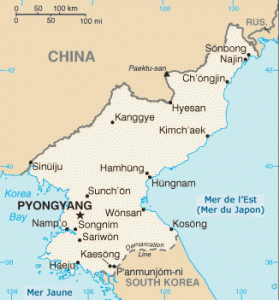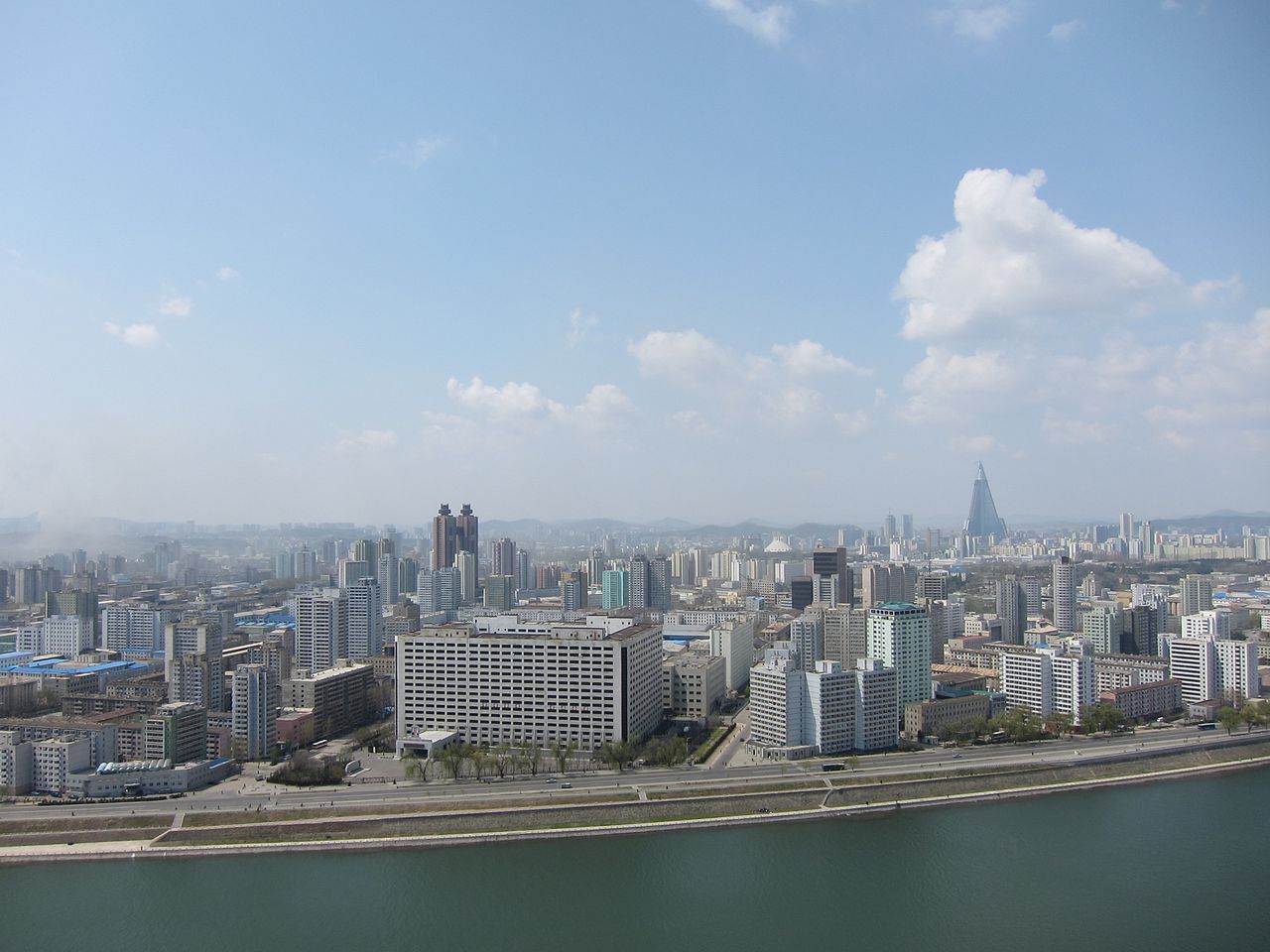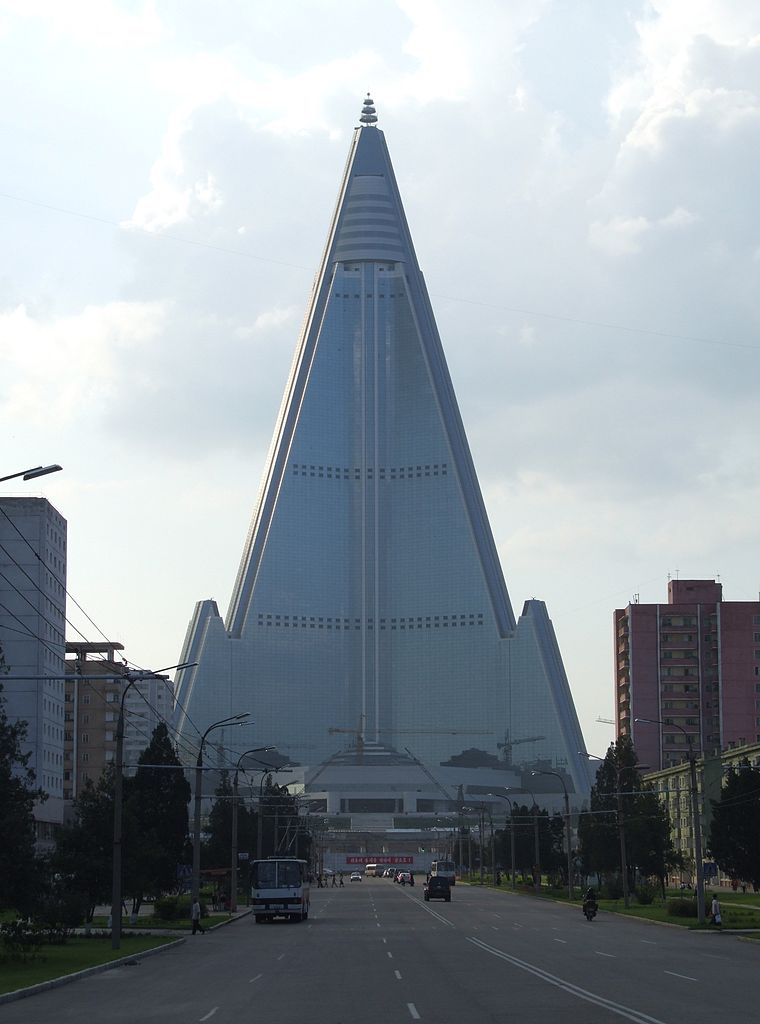North Korea December 17, 2020 38e parallèle , Asia , border conflict , conflicts , demilitarized zone , Democratic People's Republic of Korea , dictatorship , East Asia , human rights , Korea , Korea peninsula , Korean War , military , North Korea , nuclear , nuclear tests , Pyongyang , South Korea , United States , war Official name Democratic People's Republic of Korea Name in local language 조선민주주의인민공화국 ; 朝鮮民主主義人民共和國 ; Chosŏn Minjujuŭi Inmin Konghwaguk (ko) Continent Asia Subcontinent East Asia Population (ranking: 55e ) 25,617,841 inhabitants (2018) Population growth 0.49 % / year Area 123,138 km² Density 208.04 inhabitants / km² GDP (ranking: 102e )34.311 billions $USD (2017) GDP/capita (ranking ) 1,235 $USD (2017) GDP growth -3.50 % / year (2017) Life expectancy (ranking ) 70.11 years (2015) Birth rate 14.52 ‰ (2015) Fertility rate 1.97 children / woman (2015) Death rate (ranking ) 9.21 ‰ (2015) Infant mortality rate (ranking ) 23.68 ‰ (2015) Literacy rate 100.00 % (2018) Official languages Korean Currency North Korean won (₩ KPW) HDI (ranking: 128e )0.733 / 1 (2008) EPI (ranking )41.80 (2018) Government Unitary one-party Juche state Songun policy (de jure) under a totalitarian dictatorship (de facto) Head of State Supreme Leader Kim Jong-un National Day 15 April, 9 September, 10 October ISO Codes KP, PRK Demonym North Korean Tourists (ranking ) 6,000 people (2017)
Folded on itself and constantly threatened by the United States, the country can not develop properly North Korea is a state that covers the northern part of the Korean peninsula in East Asia. It is bordered by China and Russia to the north, and South Korea to the south.
Kim Jong-un dynastically succeeded his father Kim Jong-il. The latter, who died on December 17, 2011, left a country in a state of disrepair. Only the capital Pyongyang (and to a lesser extent the big cities) has benefited from substantial investments in infrastructures, and stands out in the urban landscape of the country by its modernity.
Pyongyang, North Korea capital. Photo: John Pavelka Hotel Ryugyong (330 meters, 105 storey), Pyongyang. It is the tallest building in the country Urban areas (2016) Urban areas Population Pyongyang 3,471,773 inhabitants Hamhung 699,102 inhabitants Chongjin 698,445 inhabitants Wonsan 606,521 inhabitants Sunchon 526,738 inhabitants Nampho 383,574 inhabitants Sinŭiju 375,759 inhabitants Tanchon 361,677 inhabitants Kaechon 334,154 inhabitants Kaesong 322,532 inhabitants Sariwon 321,825 inhabitants Phyongsong 297,379 inhabitants Haeju 285,786 inhabitants Kanggye 263,483 inhabitants Anju 251,087 inhabitants Tokchon 247,967 inhabitants Kumya 220,787 inhabitants Kim Chaek 216,770 inhabitants Unsan 215,837 inhabitants
Administrative divisions Provinces Population Area Hamgyong du Nord 2,327,362 inhabitants 15,980 km² Hamgyong du Sud 3,066,013 inhabitants 18,534 km² Hwanghae du Nord 2,113,672 inhabitants 8,154 km² Hwanghae du Sud 2,310,485 inhabitants 8,450 km² Jagang 1,299,830 inhabitants 16,613 km² Kaesong (Région administrative spéciale) 322,532 inhabitants 66 km² Kangwon 1,477,582 inhabitants 11,091 km² Monts Kumgang (Kumgangsan) (Région administrative spéciale) 0 inhabitants 600 km² Pyongan du Nord 2,728,662 inhabitants 12,191 km² Pyongan du Sud 4,051,696 inhabitants 12,330 km² Pyongyang (Ville sous statut administratif propre) 3,471,773 inhabitants 3,194 km² Rasŏn (Ville sous statut administratif propre) 205,953 inhabitants 798 km² Ryanggang 719,269 inhabitants 14,317 km² Sinŭiju (Région administrative spéciale) 375,759 inhabitants 132 km²
See also 



